Spanish-Language & Latine Media
GLAAD serves as a resource to Spanish and English-language Latine media outlets to ensure fair, accurate and inclusive representations of LGBTQ people.
Hola and Welcome!
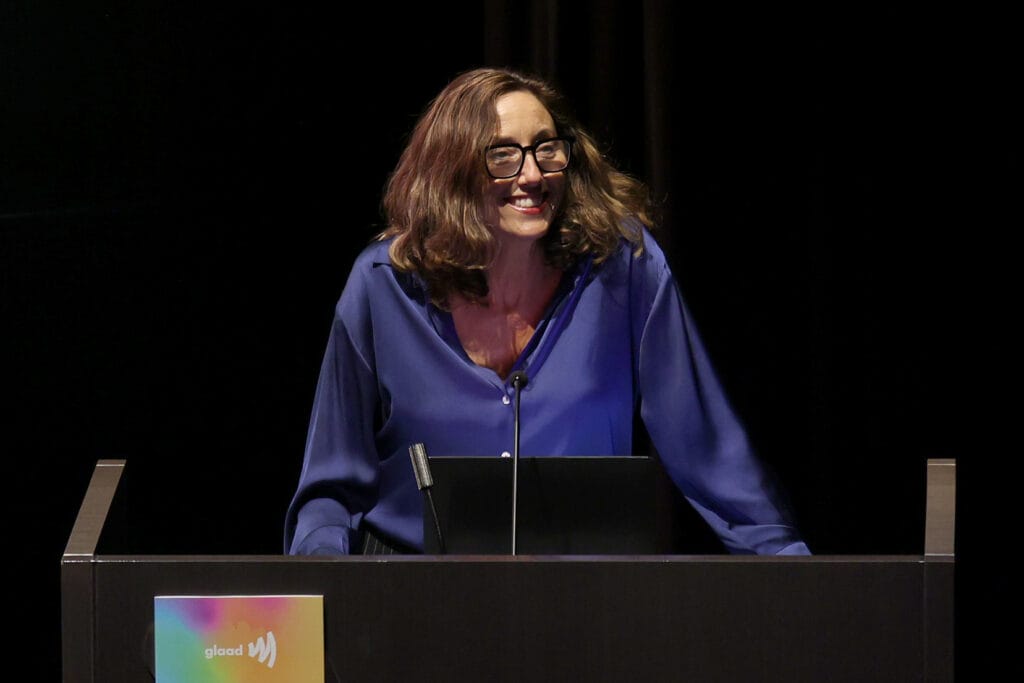
If you are a journalist, writer or producer, we’ve created lots of resources, en español, to help you cover LGBTQ issues.
LGBTQ community members, families or allies, we’re here for you, too, with resources and lots of news about our amazing community.
Why LGBTQ Representation Matters
- According to the Williams Institute at UCLA, there are approximately 2.3 million Latinx LGBTQ people in the United States alone. And, of course, we know there are millions more in the Caribbean, Mexico, Central and South America.
- In 2018, Latino, Latina and Latine millennials (aged 18-34) were the most likely demographic in their age group to be part of the LGBTQ+ community (more than 1 in 5). And that rate remains higher among all Latine adults when compared to other communities.
- Latine consumers of both English and Spanish-language media want very much to see their lives reflected in the news that informs them and the entertainment they enjoy. That’s why GLAAD works to advance meaningful representation of LGBTQ Latine people.
- We offer resources for media professionals working in any medium, from newspapers and magazines, to web sites, movies, games and other forms of media.
- We also want to help community members and families find their voices and access important resources.
To find out more, contact us at espanol@glaad.org
A Note on Language
When speaking about our community generally, we opt to use the inclusive term “Latine” in place of “Latino” or “Latina.” While “Latinx” will also sometimes be used across GLAAD platforms, and has been in Latin America as well as the United States, the word “Latine” is more accessible, as some reading devices may struggle with the “x” ending in Spanish. When referring to individuals or specific groups, GLAAD will always use the term they use to identify themselves.
GLAAD Celebrates Inaugural Latine Honors in Los Angeles
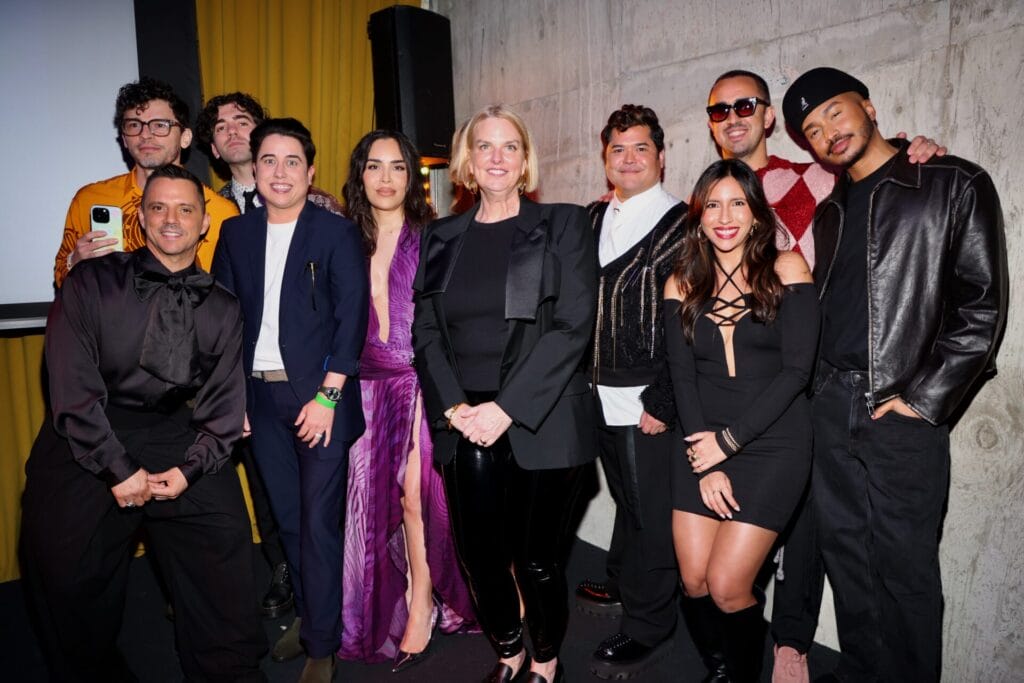
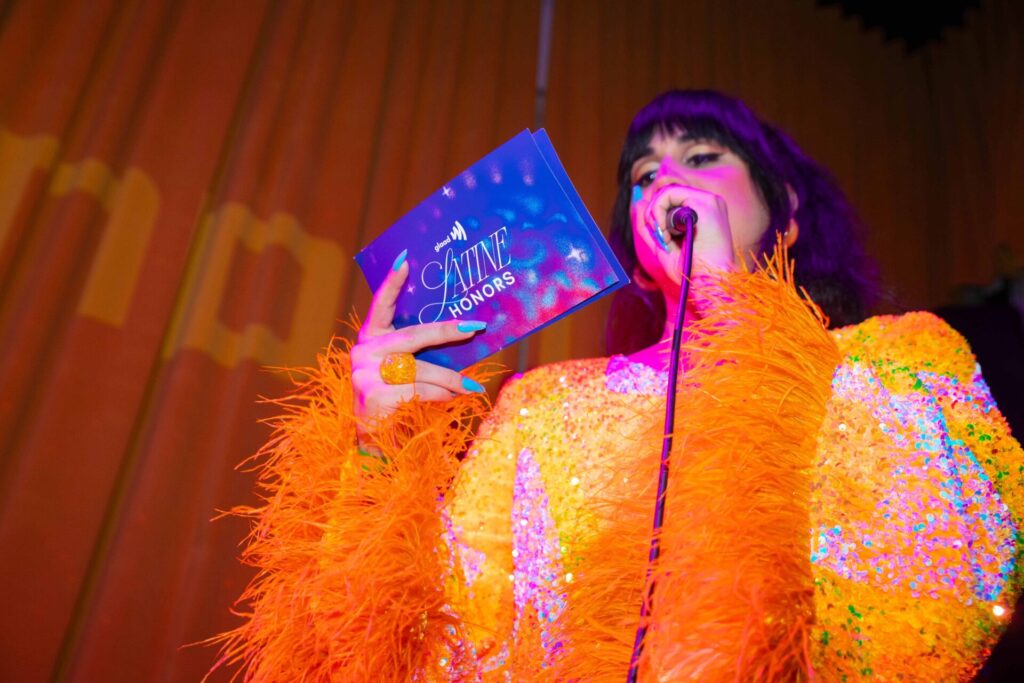
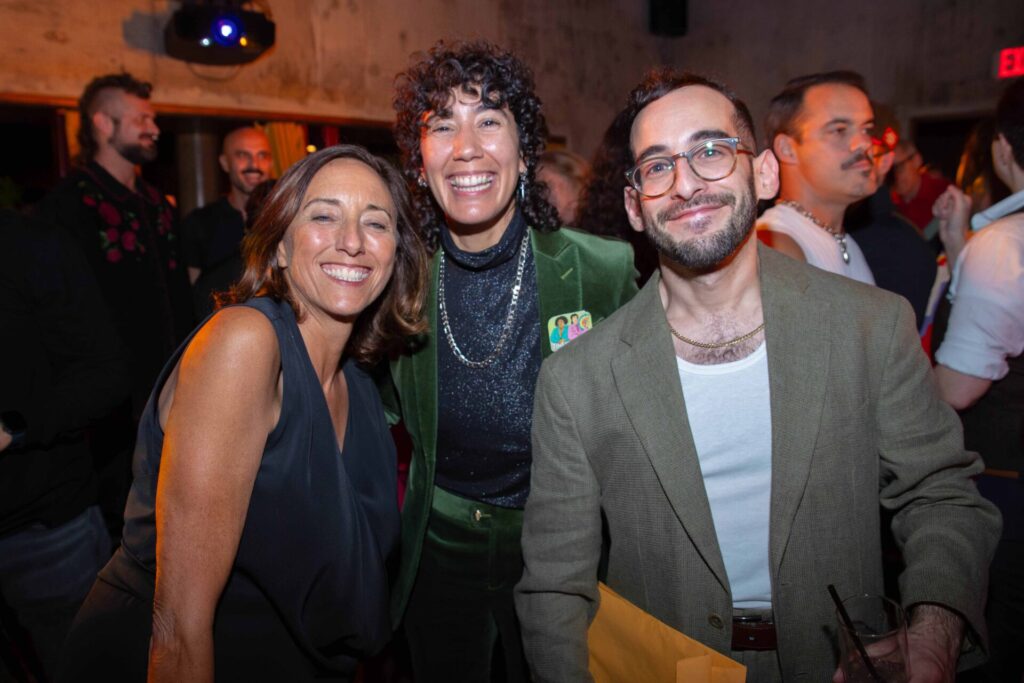

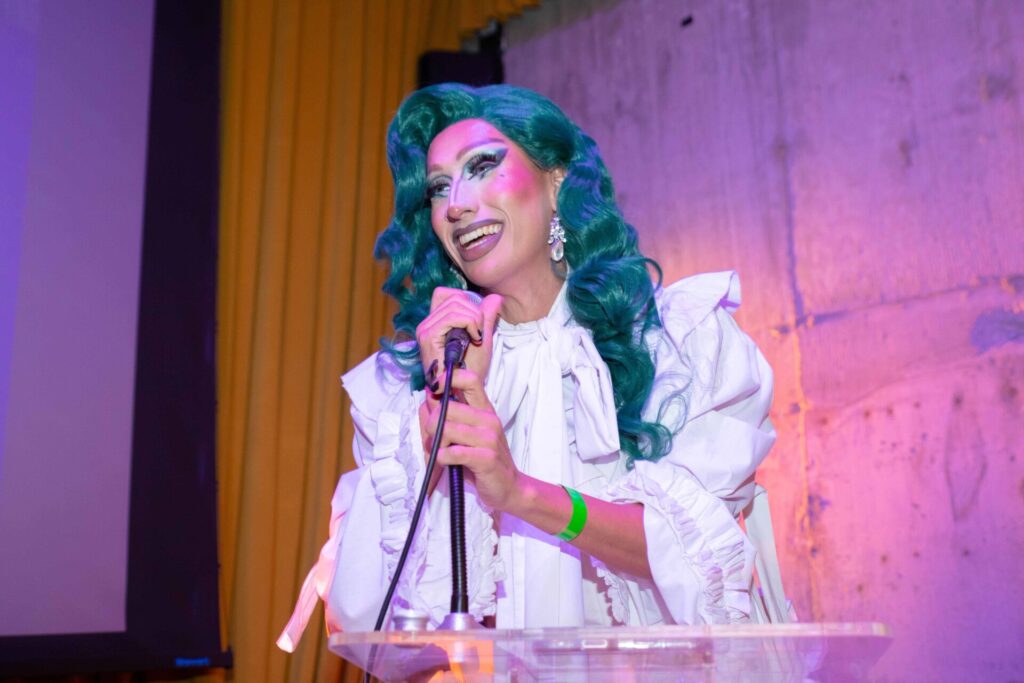
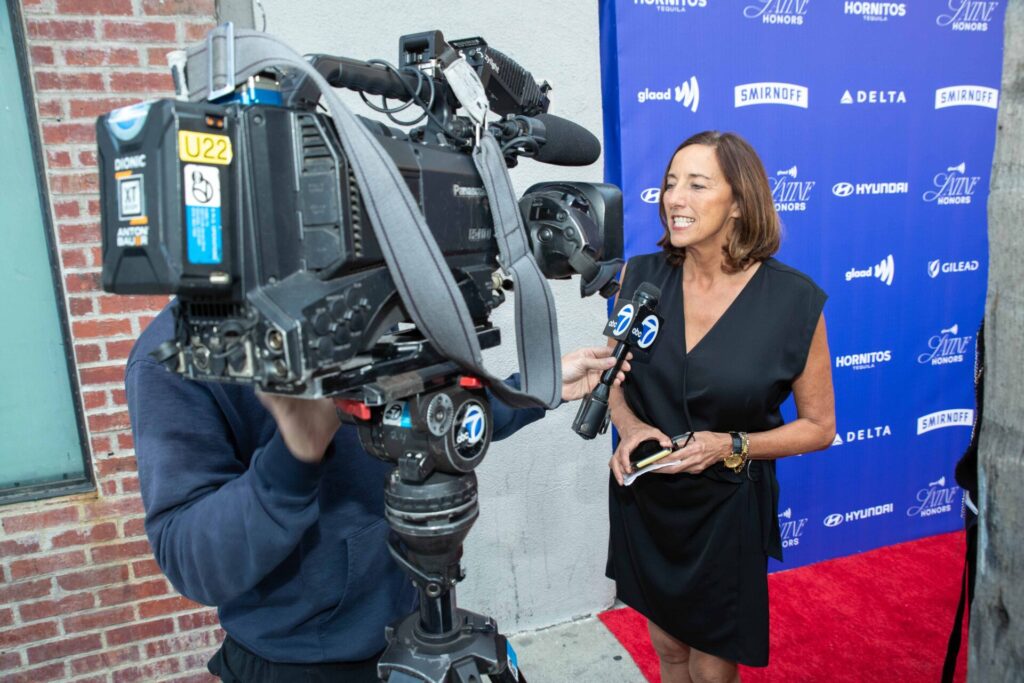
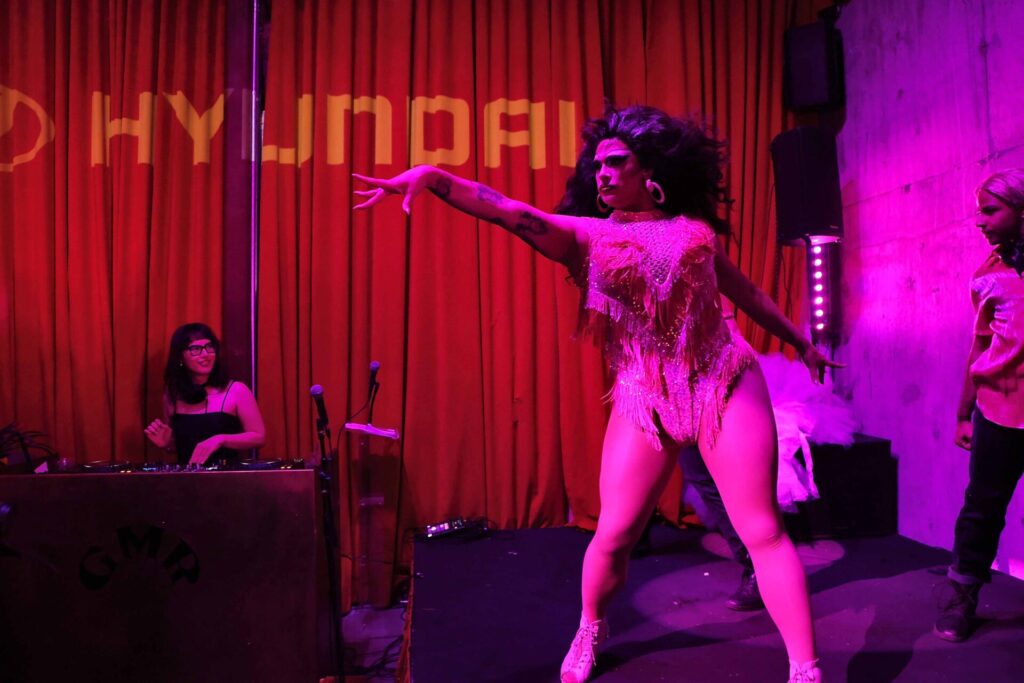
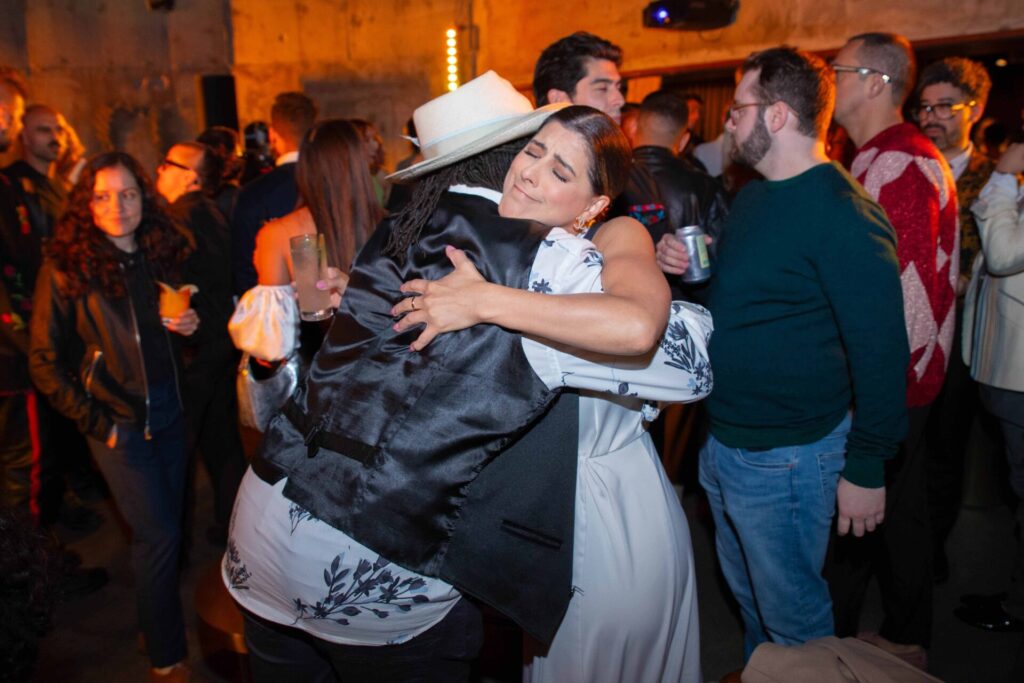
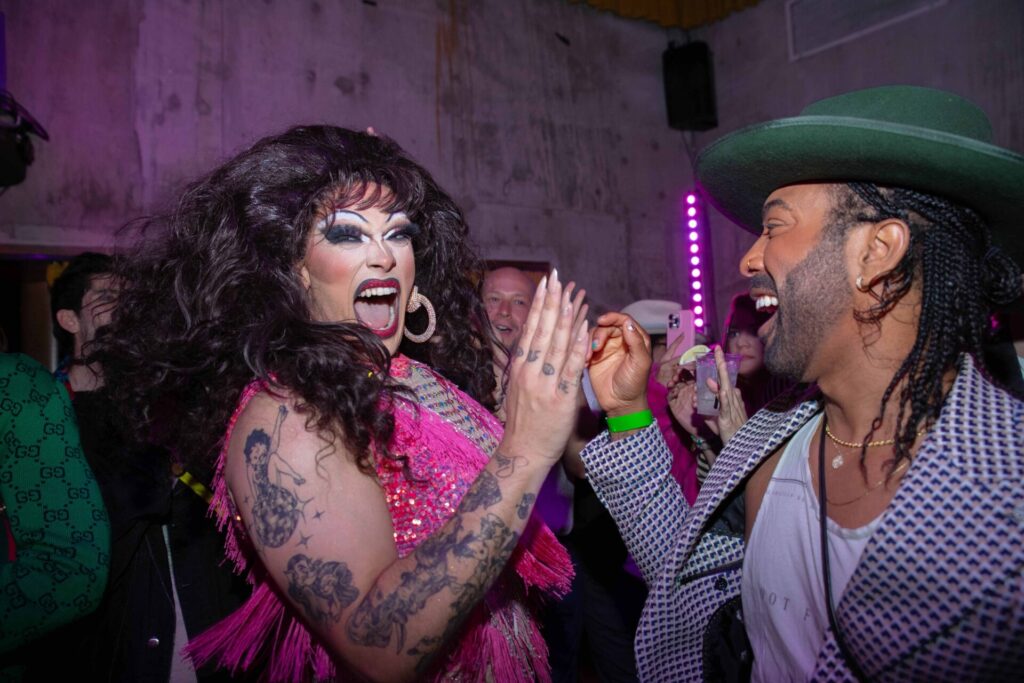
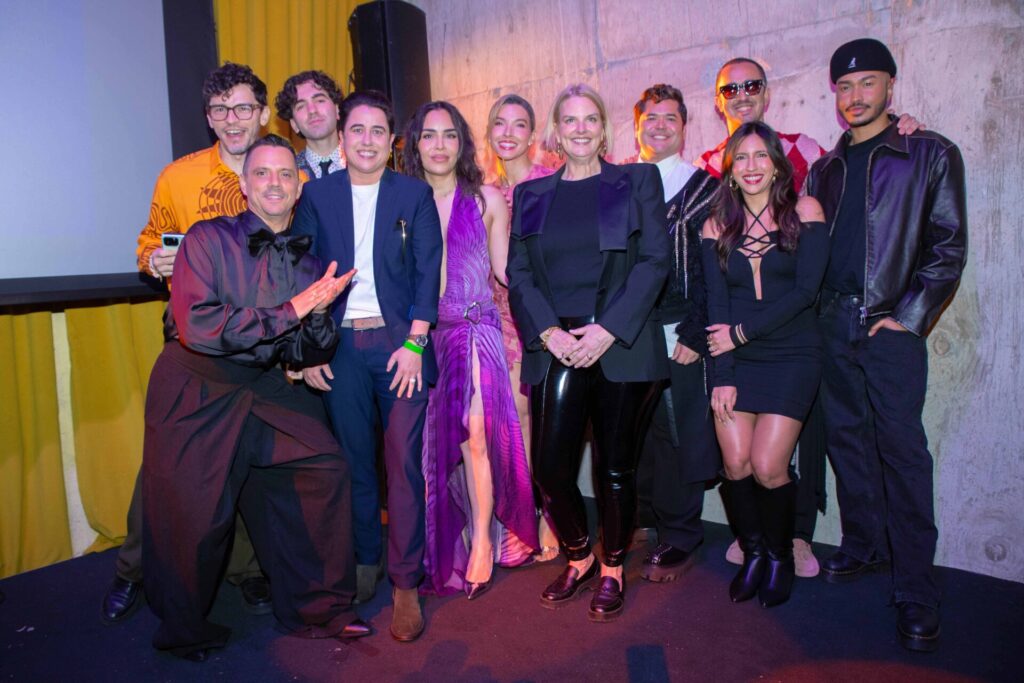
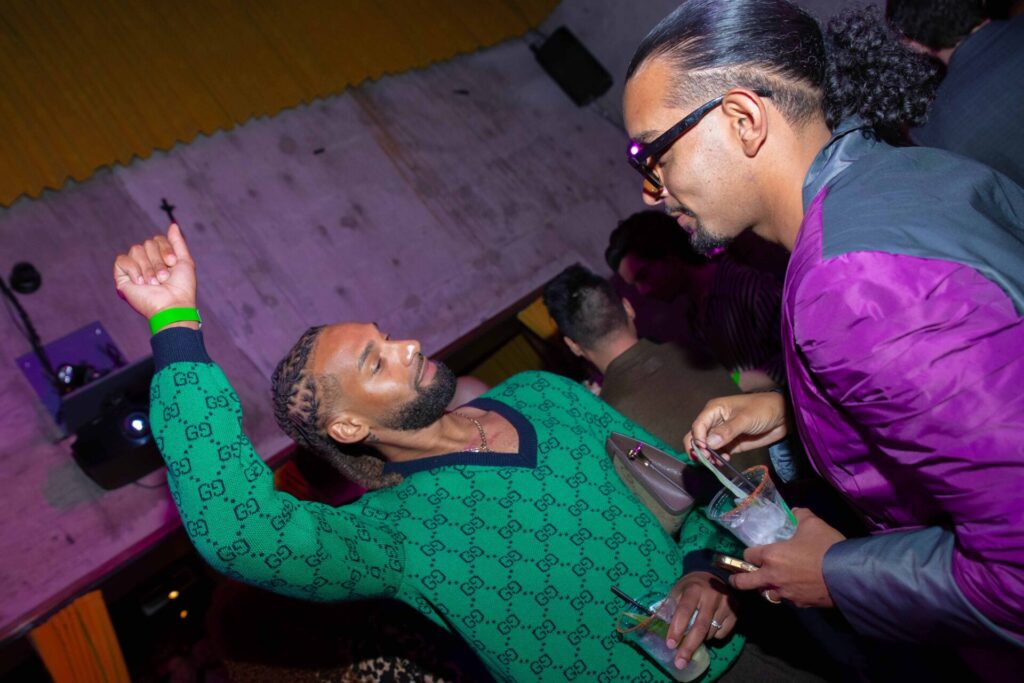

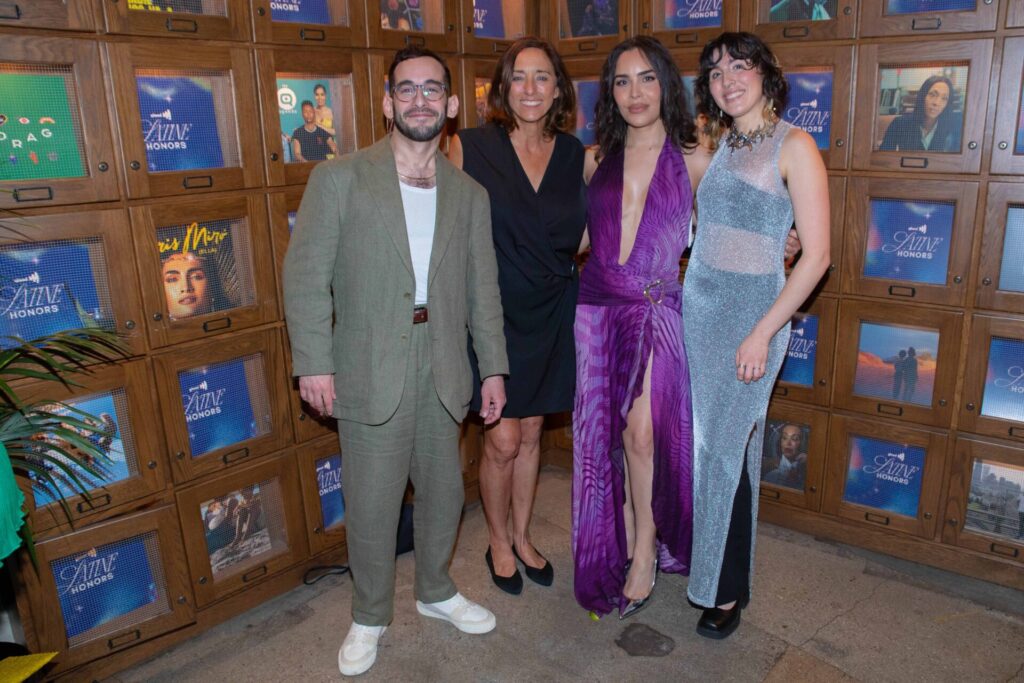
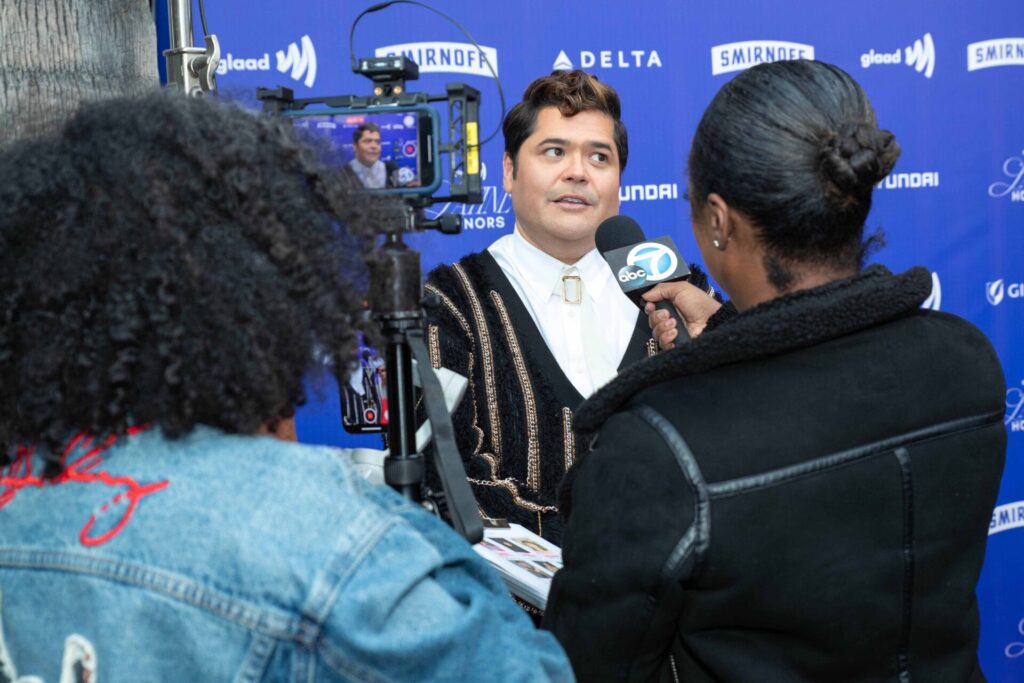

Below are some of the findings from this report:Of the 698 characters on scripted primetime series,…
Nearly Invisible is the first GLAAD report that analyzes the inclusion of lesbian, gay, bisexual, transgender, and queer (LGBTQ) characters in primetime Spanish-language scripted television airing in the United States between July 1, 2015 and June 30, 2016. The report also analyzed the inclusion of characters of African and indigenous descent as well as characters with disabilities.
In preparation for Pope Francis' upcoming visit to the United States, GLAAD has released "The Papal Visit: A journalist's guide to reporting on Pope Francis and the LGBT community," a resource guide for journalists covering Pope Francis and LGBT Catholics.
Agradecemos la cobertura de las personas gay o transgénero en los medios, y GLAAD le insta a todos los medios de comunicación a prestar mucha atención al lenguaje que se emplea a la hora de cubrir cualquier noticia que tenga que ver con la comunidad lésbica, gay, bisexual y transgénero (LGBT). Por favor no dude contactarnos con cualquier duda o pregunta.Nosotros en GLAAD estamos comprometidos a proveer los recursos necesarios a los medios para que la cobertura sobre nuestra comunidad sea justa, correcta y equitativa.
By César Velazquez Felipe Querida Julie: On October 6th, we experienced your transition to another plane of existence. Since that…
By guest contributor, Juan Pablo Di Pace as part of GLAAD’s Latine Heritage Month op-ed series, championing queer and allied voices…
Written by Cora Cartagena Each September, as we celebrate Latine Heritage Month, I am reminded that our stories, our culture,…
August 20 marks Southern HIV/AIDS Awareness Day (SHAAD)—a pivotal moment to spotlight the ongoing HIV crisis in the Southern United…
Late last month, Puerto Rico’s Senate voted to advance a bill that would ban health care for trans youth under…
It’s a new month, which means new opportunities for queer TV! GLAAD is bringing you some highlights from LGBTQ TV…
Pride isn’t just about rainbow logos — it’s about real accountability. LGBTQ workers, not just consumers, deserve corporations that stand…
This past weekend, Washington D.C. went all out for Pride! World Pride is the world’s largest LGBTQ music festival and…
GLAAD Celebrates Pride Month with Auction Featuring Exclusive Experiences and One-Of-A-Kind Items
Exclusive Auction Starts Today, Monday, June 16 , 2025 at eBay.com/glaad. All Proceeds will benefit GLAAD’s work to accelerate acceptance…
Fans know and love Vico Ortiz from a variety of projects like Our Flag Means Death, Sex Lives of College Girls, ans…
How do most American consumers feel about companies participating in LGBTQ Pride month? We asked! Today GLAAD released results of…
https://youtu.be/F2hN3JKZ-Go Host and comedian John Oliver recently harnessed both his talents and his outrage to tell the story of migrant…
¡Ojo! Latine media, art & cultural happenings to keep your eye on. Bringing you a selection of new and notable…
As HBO’s adaptation of the groundbreaking video game The Last of Us gets deeper into the lore and characters with season,…
Much has happened this week in positive changemaking for the LGBTQ community at this time of challenge and uncertainty. Heroes…












